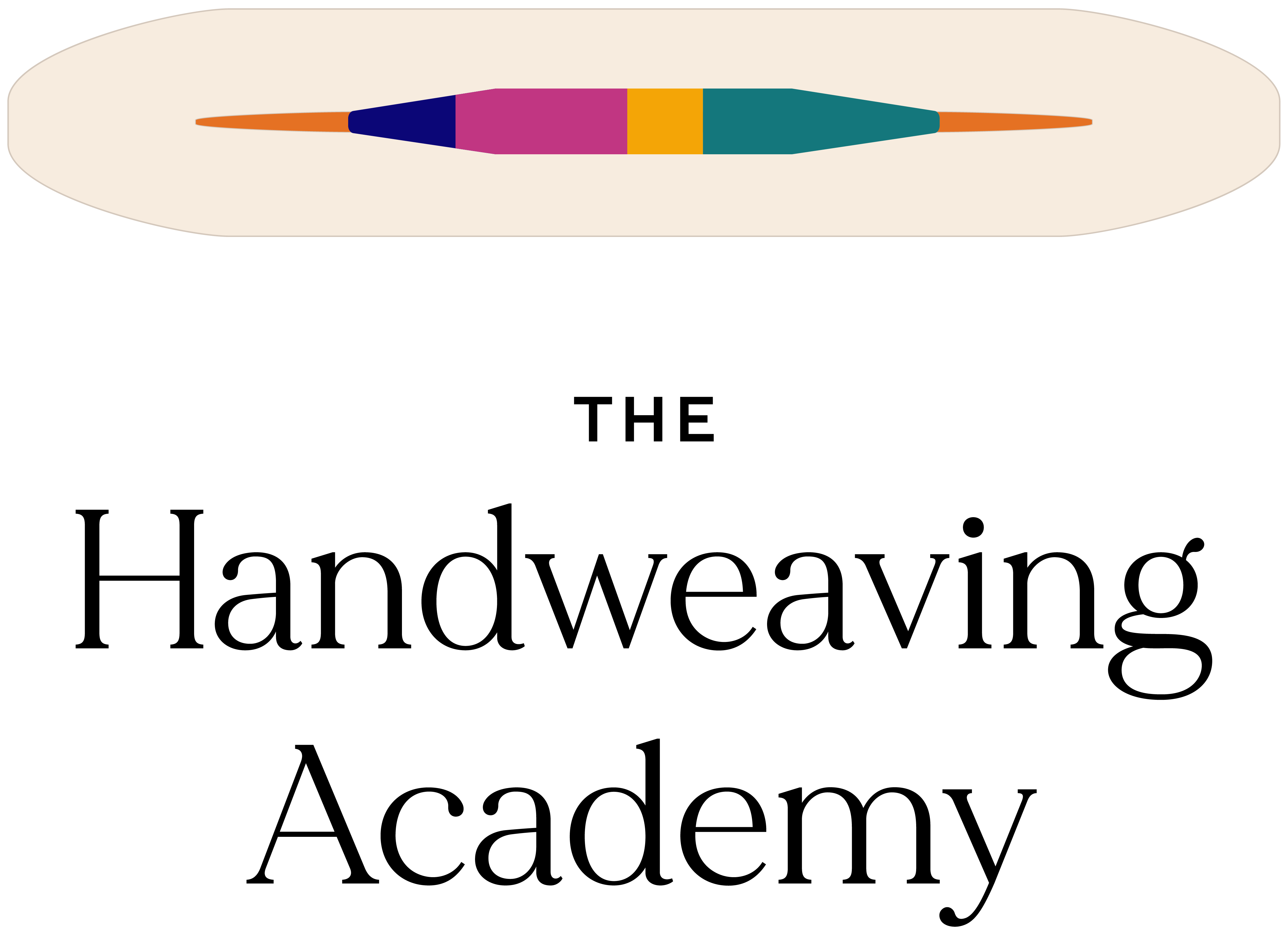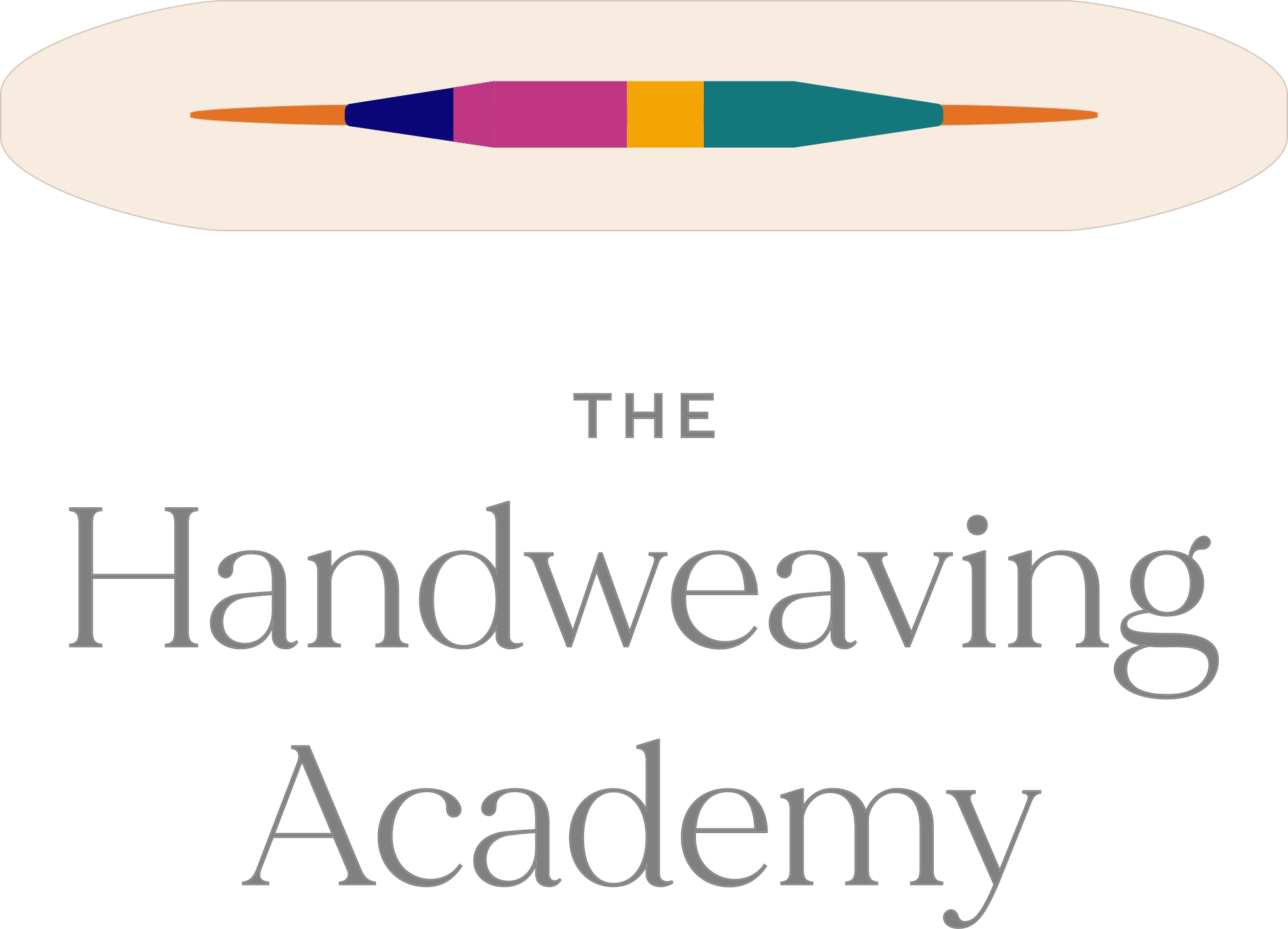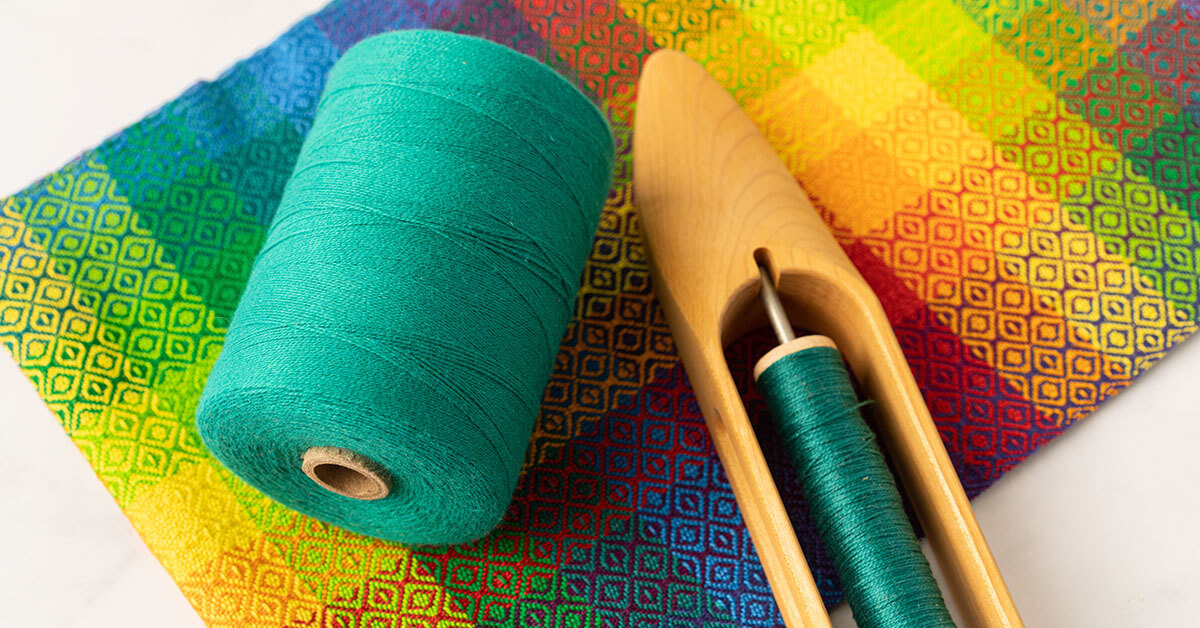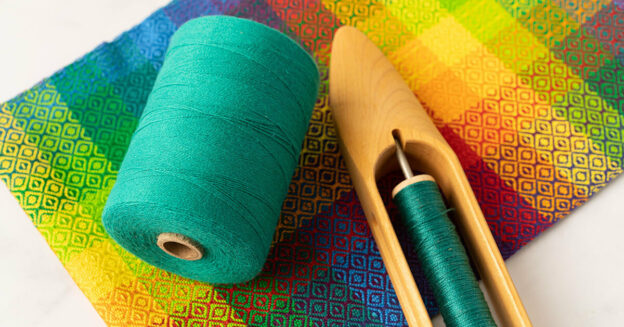Learn an effective method for designing handwoven projects, from finding inspiration to finishing and polishing your design. Full of tips and checklists for each step of the design process, as well as a workbook to help with design, it’s a class you’ll find yourself coming back to many times.
You’ll learn how to
- Gather and store ideas in an inspiration notebook
- Brainstorm project ideas and then flesh them out with details
- Select yarns, drafts, and color palettes using our handy guidelines and checklists
- Create the rough draft of your design
- Refine and edit your design by building on the best parts
- Finalize and polish your design before going to the loom.
Equipment needed
- Weaving software or some other preferred method for design.
- A printer, if using a printed copy of the workbook.
Weaving skills needed
You should be conversant with basic weaving terminology. You will get more out of the class if you have created at least one project independently, and/or taken some of our design classes (e.g. Value in Design), but it’s not necessary.



